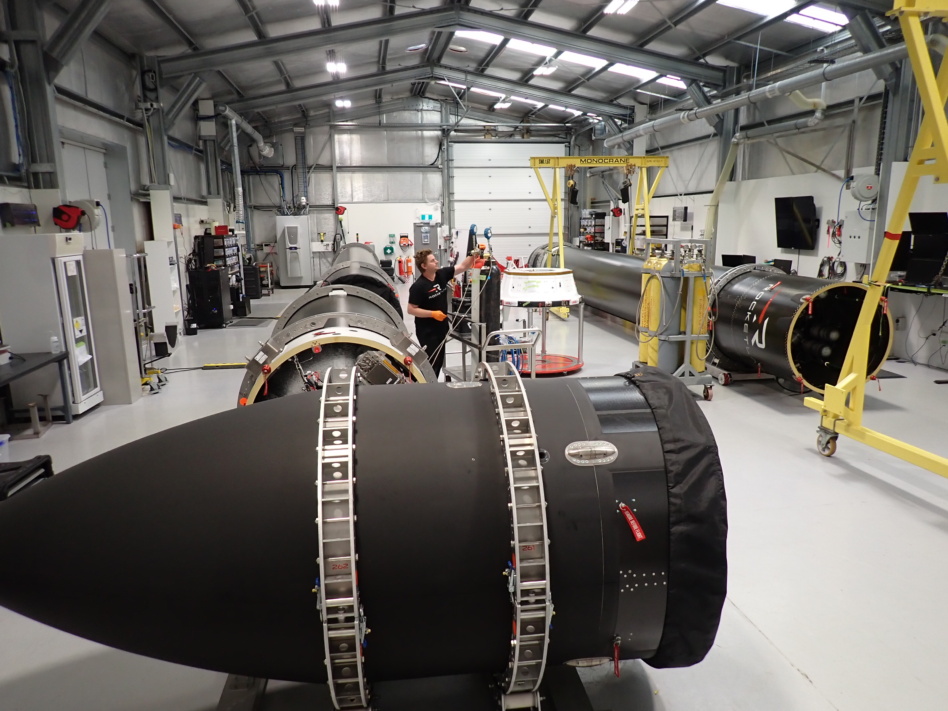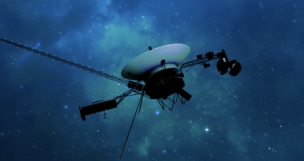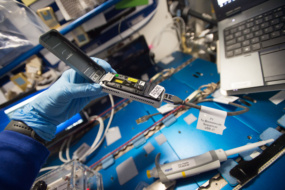Rocket Lab is planning the first of two Electron flights to launch a pair of NASA weather satellites, in the latest use of NASA’s venture-class launch missions.
The launch, which was expected early tomorrow morning, has been delayed to Saturday because of severe weather.
The details: Two 6U cubesats will spend ten months measuring thermal infrared radiation from the Earth’s polar regions during the PREFIRE (Polaris Radiant Energy in the Far-InfraRed Experiment) mission. Scientists led by a team at the University of Wisconsin will use the data collected to improve their understanding of weather and climate change.
The first launch is expected from Rocket Lab’s New Zealand launch complex in a window opening at 3:15AM ET on May 22, with another following within three weeks. The two cubesats will produce comparative data on a daily basis to help scientists understand what is driving polar weather change.
Catch a lift: This mission is an example of the kind of relatively low-cost and tailored space remote-sensing projects that the new space industry is trying to make possible.
“PREFIRE is also a really great example of how we can answer targeted research questions with more affordable options,” Karen St. Germain, NASA’s director of Earth Sciences, said in a press conference. “It’s a much smaller payload with launch services provided by a commercial partner all at a lower cost.”
VADR Raiders: The mission will head to orbit under the Venture-Class Acquisition of Dedicated and Rideshare (VADR) launch contracts, which lets investigators with risk-tolerant payloads arrange cheaper flights, often on newer rocket providers.
“The uniqueness about this mission for us is there are two separate launches back to back, days apart—it’s really only Electron that can enable these kinds of missions,” Rocket Lab CEO Peter Beck said last week.
Federal contract databases suggest that NASA is paying Rocket Lab $8.25M for the two PREFIRE launches, the largest task order in a program that has also assigned payloads to SpaceX and Blue Origin.




